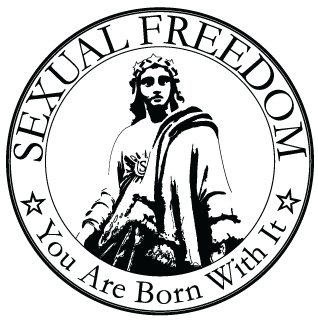Jamelle Bouie
-
Jamelle Bouie Gives the Larger Picture
•
4 min read
Why the Fires in Ferguson Won’t End Soon But while calm is hard to predict, one thing is clear: The events in Ferguson—from the shooting to the police response and everything since—are a product of familiar forces and stem from a familiar history. Put another way, the area’s long-bottled racial tension has burst, and it’s…
